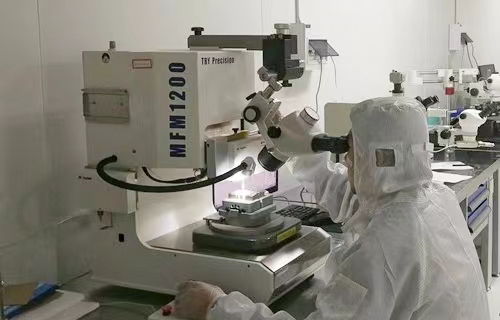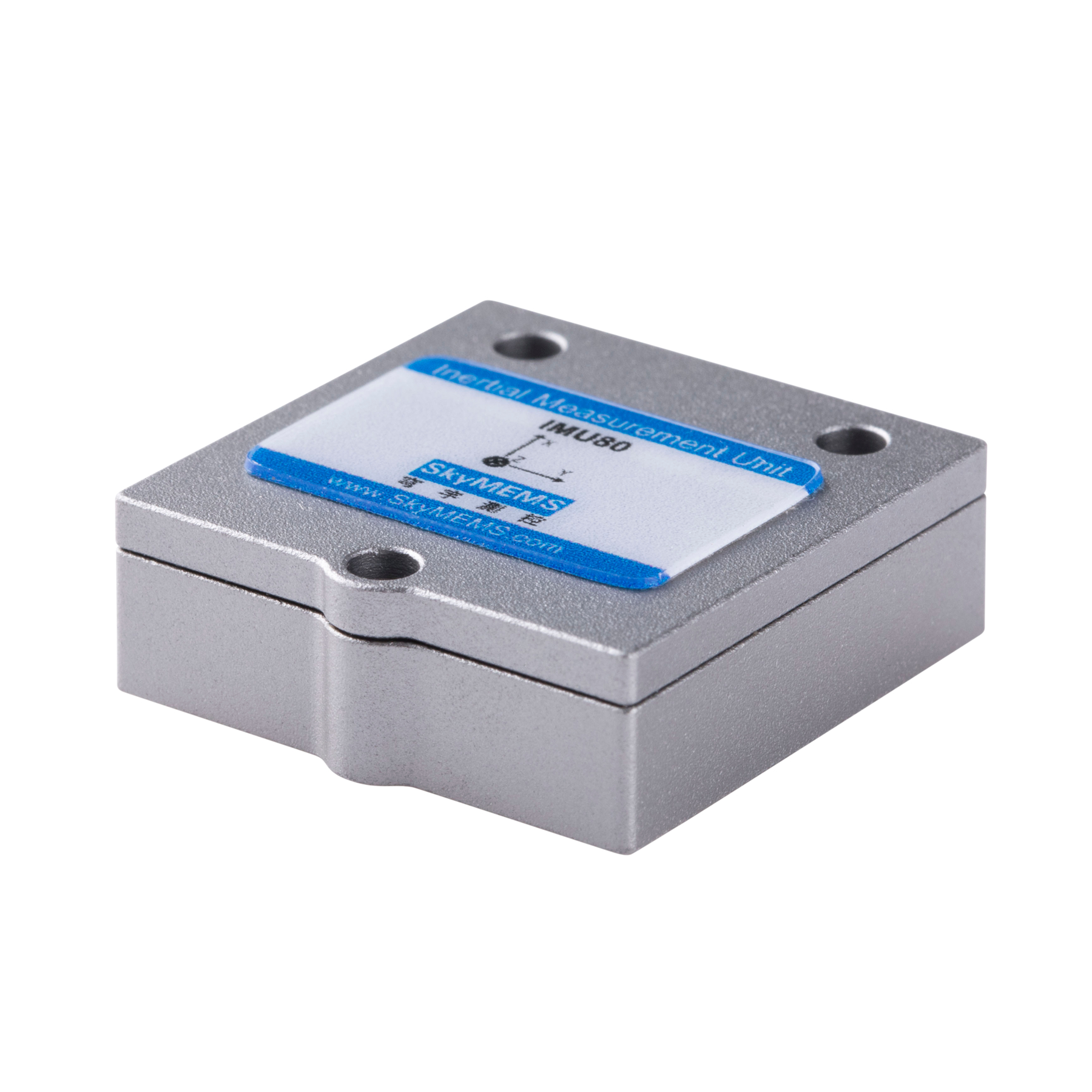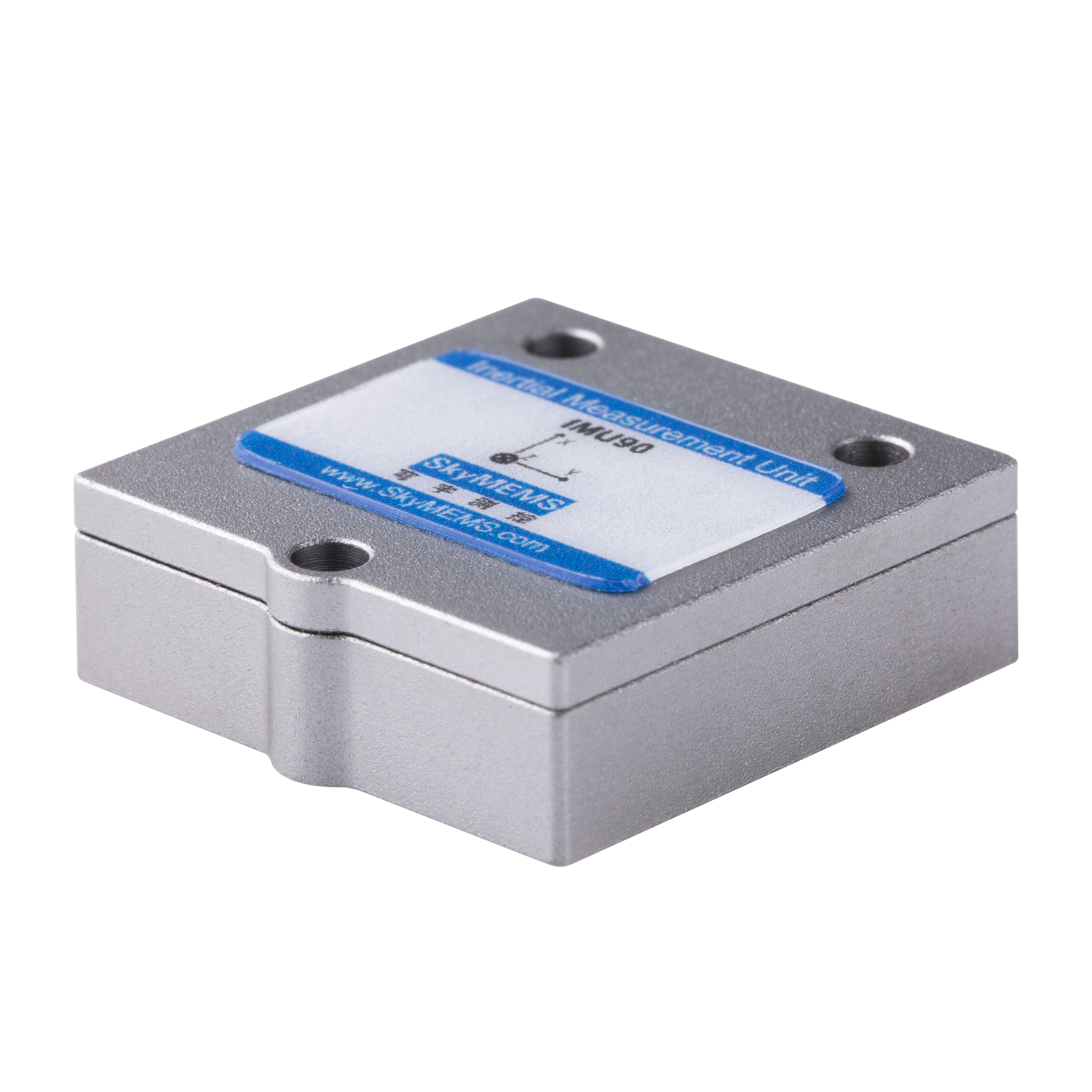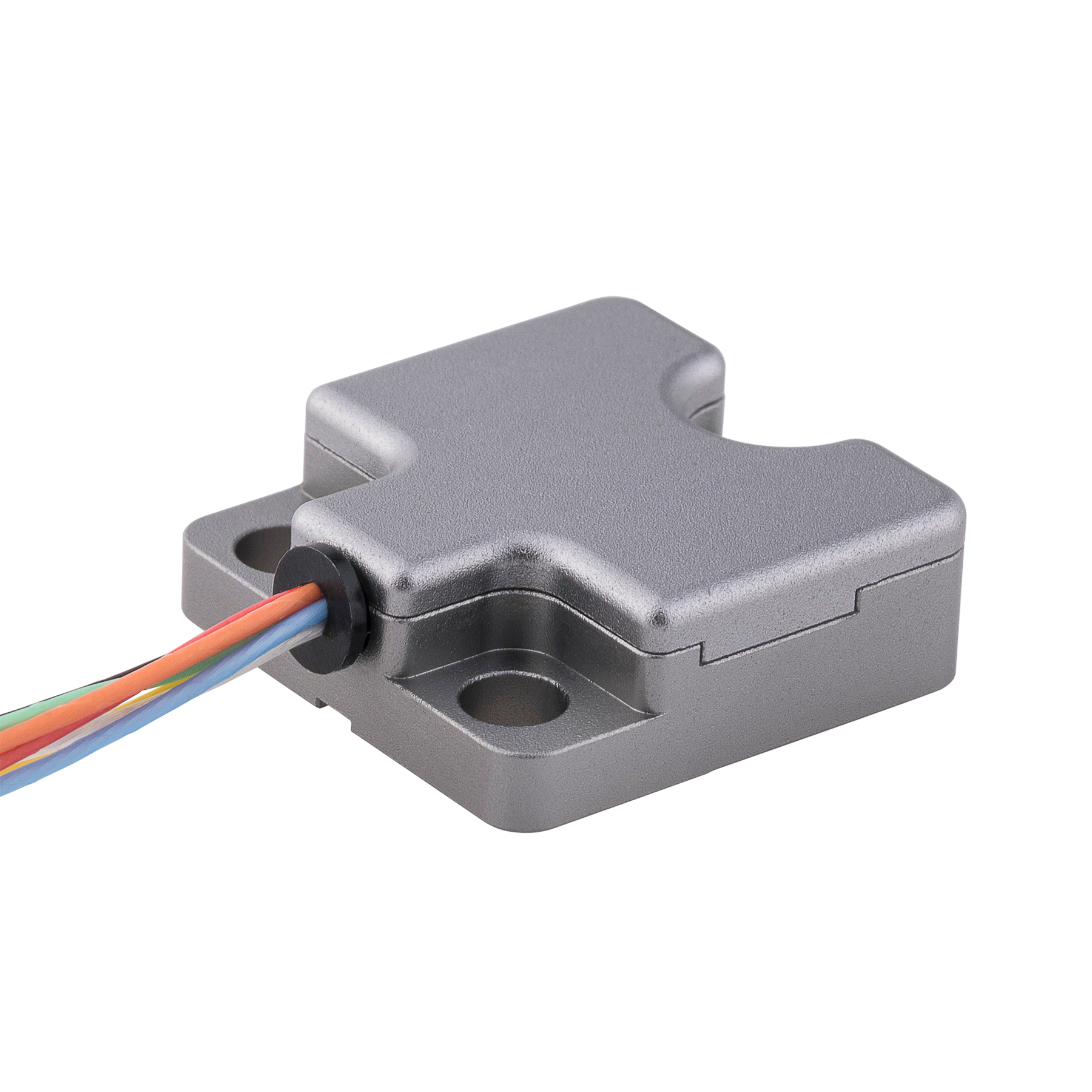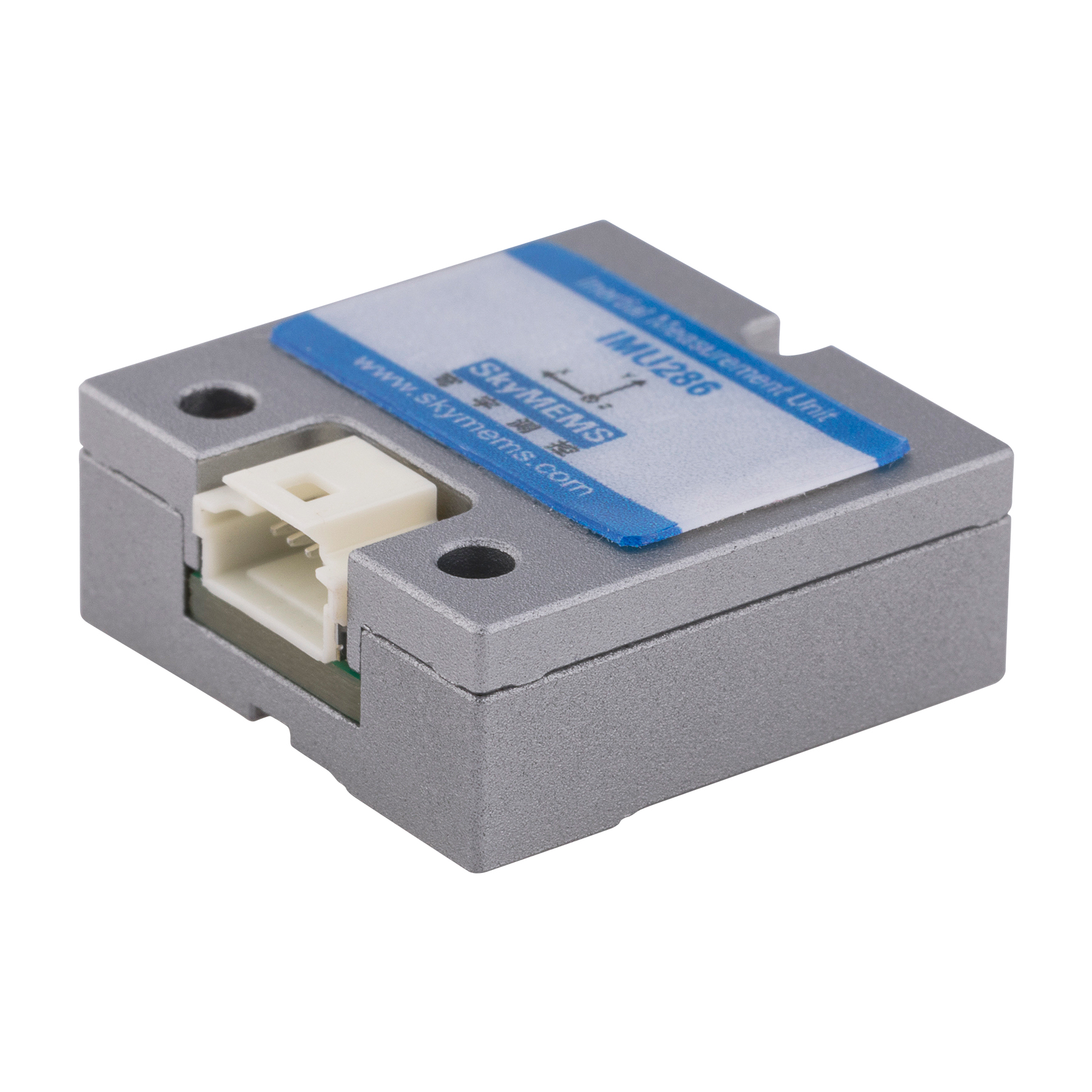As intelligence and automation continue to deepen, more and more industry scenarios begin to rely on sensors to achieve precise control and real-time monitoring. Among the many sensors, tilt sensors (also known as tilt sensors or inclinometers) are widely used in many fields such as solar tracking systems, crane monitoring, hanging basket systems, and engineering machinery because of their ability to accurately measure the tilt angle of objects.
So, what are the types of tilt sensors? What are the differences between various types of tilt sensors? How do their core parameters affect the actual application effect?
What is a tilt sensor?
An inclination sensor is an electronic device used to measure the inclination angle of an object relative to the direction of gravity. It can convert the physical change of the angle into an electrical signal, thereby realizing real-time detection and feedback of the posture change of the target object.
Its core working principle is usually based on an accelerometer or a gyroscope (or a combination of the two), and calculates the angle change in the X-axis, Y-axis, or Z-axis direction by analyzing gravity or angular velocity.
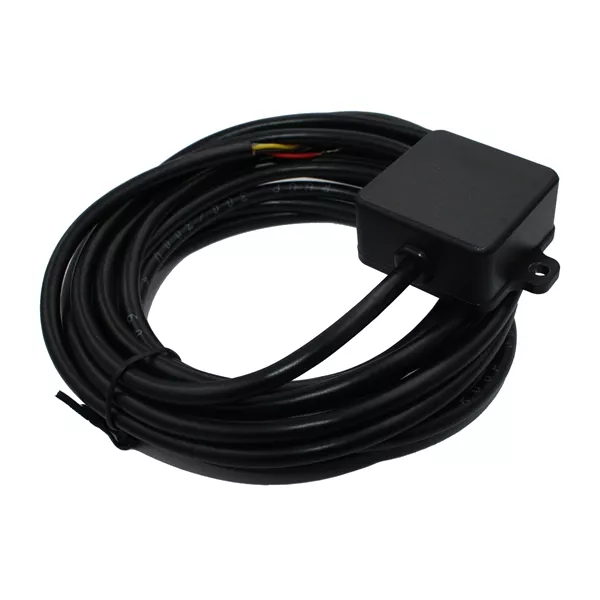
Main classification methods of tilt sensors
There are various classification standards for tilt sensors. Common classifications include the number of measuring axes, sensor principles, output methods, and packaging forms.
Classification by the number of measuring axes: single axis vs dual axis vs triaxial
- Single-axis tilt sensor: can only detect the inclination angle in one direction, usually used in scenarios where there is a need for precise monitoring of a specific direction. For example, some simple posture detection at the end of a robotic arm.
- Dual-axis tilt sensor: can simultaneously measure the inclination angle in both the X-axis and Y-axis directions. It is one of the most common types in industrial applications and is suitable for systems that require comprehensive angle feedback.
- Triaxial tilt sensor: Some products also have Z-axis measurement capabilities, which can achieve more complex three-dimensional posture recognition and are often used in robots or aerial vehicles.
Case product: INC60M high-precision dual-axis tilt sensor
Take the INC60M series dual-axis inclination sensor launched by SkyMEMS as an example. Its measurement range supports X: ±180°, Y: ±90°, and its accuracy is ±0.2°, providing reliable support for high-performance applications.
Classification by working principle: capacitive, inductive, MEMS
- Capacitive tilt sensor
Based on the principle of variable capacitance, it detects the position change of the capacitor plate under the action of gravity. The advantages are high resolution and low noise. It is suitable for high-precision occasions, but the anti-seismic performance is weak. - Inductive tilt sensor
Measures the angle through the change of inductance, with medium accuracy, a relatively complex structure, a high price, and is suitable for special industrial needs. - MEMS tilt sensor
That is, a micro-electromechanical system tilt sensor, which realizes angle detection through a tiny mechanical structure. It has the advantages of low cost, small size, and low power consumption, and currently has a very high market share.
Typical representative: SkyMEMS INC60M
This product is developed based on MEMS technology and integrates advanced algorithm processing capabilities. The accuracy can reach ±0.2° at room temperature, and it has strong practicality and economy.
Classification by output method: analog, digital, serial port
- Analog output type: outputs angle value in the form of voltage or current, which is suitable for early control systems, but is susceptible to interference and difficult to control with precision.
- Digital output type: usually output in PWM or SPI, with strong anti-interference and higher stability.
- Serial port output type: such as RS232, RS485, CAN, and other communication methods, suitable for connection with modern SCADA systems, PLCs, or embedded controllers.
Product highlights: RS-485 Modbus RTU interface
The INC60M series uses RS-485 serial port output and supports Modbus RTU protocol, which can easily realize long-distance communication and system integration, especially suitable for remote scenes such as large photovoltaic power stations and lifting systems.
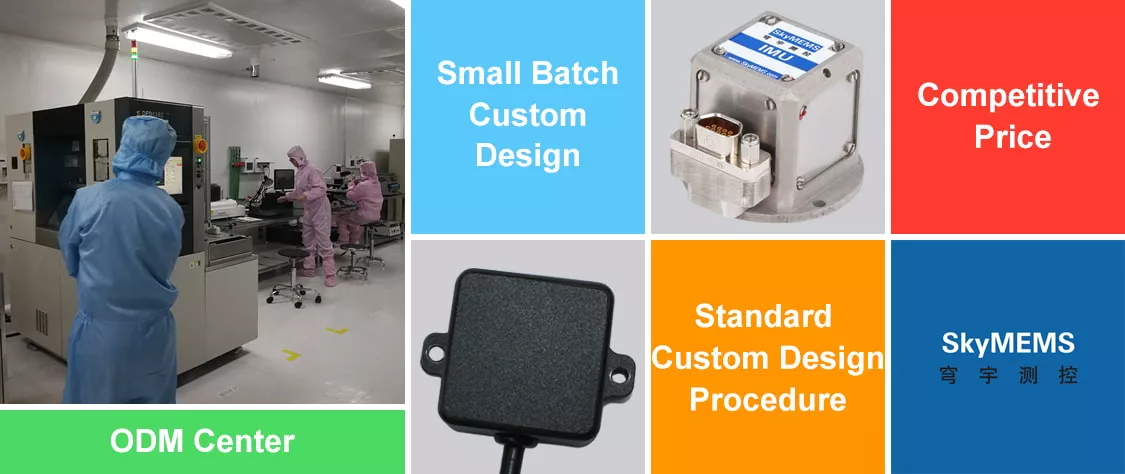
Analysis of typical application scenarios of tilt sensors
1. Solar tracking system
In photovoltaic power generation systems, the adjustment of the angle of solar panels has a huge impact on power generation efficiency. Through the tilt sensor, the system can provide real-time feedback on the attitude angle of the solar panel, drive the controller to automatically adjust the direction, so that it always faces the maximum angle of sunlight, thereby improving power generation efficiency.
INC60M tilt sensors are used in hundreds of solar power stations around the world. They have become the preferred product due to their high precision + low cost + IP67 protection + RS485 output.
2. Crane posture monitoring
During lifting operations, whether the foundation is level and whether the boom is tilted will directly affect the safety of the operation. The tilt sensor can continuously monitor the angle of the boom to avoid over-limit operations and ensure the safety of personnel and equipment.
SkyMEMS tilt sensors are widely used in crane monitoring scenarios, and stable signal feedback is used to ensure a smooth and accurate lifting process.
3. Attitude control of aerial work hanging basket
During the operation of the hanging basket, the platform must be stable and level. The tilt sensor can provide real-time angle data for the control system, and the auxiliary system can automatically adjust the posture to avoid the risk of overturning.
The INC60M tilt sensor is small in size and light in weight, which is very suitable for installation on the edge of the hanging basket. By linking with the hydraulic system, it ensures that the platform is always in a horizontal state.
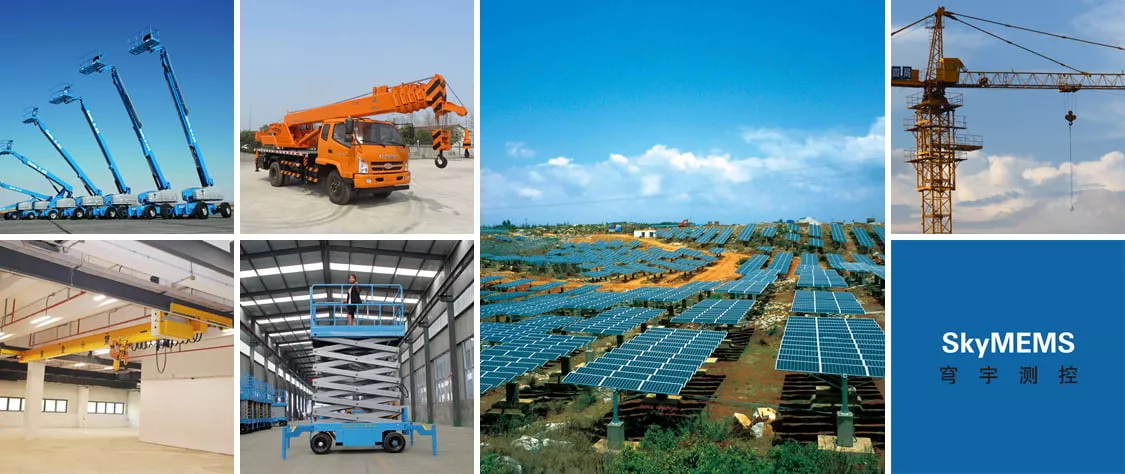
Why choose SkyMEMS’s INC60M series tilt sensor?
As China’s leading MEMS tilt sensor manufacturer, SkyMEMS’ INC60M series products stand out with the following advantages:
- Precise measurement: ±0.2° measurement accuracy can meet most industrial requirements.
- Rich interfaces: Support multiple communication protocols such as RS485 and Modbus RTU, which is convenient for docking with mainstream systems.
- Low power design: Power consumption is less than 2W, suitable for battery-powered scenarios.
- IP67 protection level: Suitable for harsh outdoor environments.
- Stable and reliable: Using big brand components, internal calibration, and algorithm optimization, high stability;
- Support customized services: The output mode, cable length, protocol, etc,. can be customized according to user needs to help better system integration.
How to choose a suitable tilt sensor for your project?
In summary, tilt sensors are diverse in types and widely used. Different working environments, measurement accuracy, and interface protocol requirements will affect the final selection. It is recommended to conduct a comprehensive evaluation based on the following dimensions before purchasing:
- Does the measurement accuracy and range meet the requirements?
- Can the communication interface be docked with the control system?
- Does the protection level and operating temperature meet the on-site environment?
- Are the size and power consumption suitable for the whole system?
- Does it support customized services to reduce the difficulty and cost of integration?
If you are looking for a cost-effective industrial-grade tilt sensor for your project, SkyMEMS’ INC60M is undoubtedly a high-quality product worth considering.

